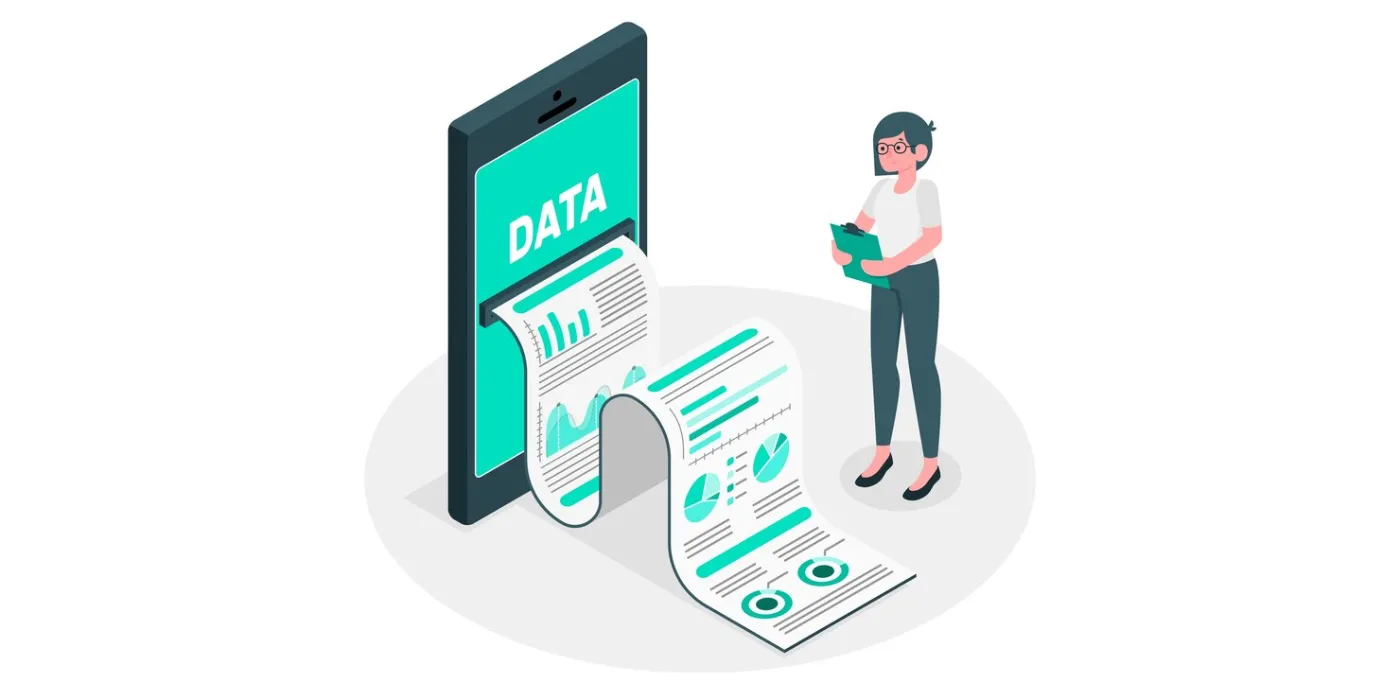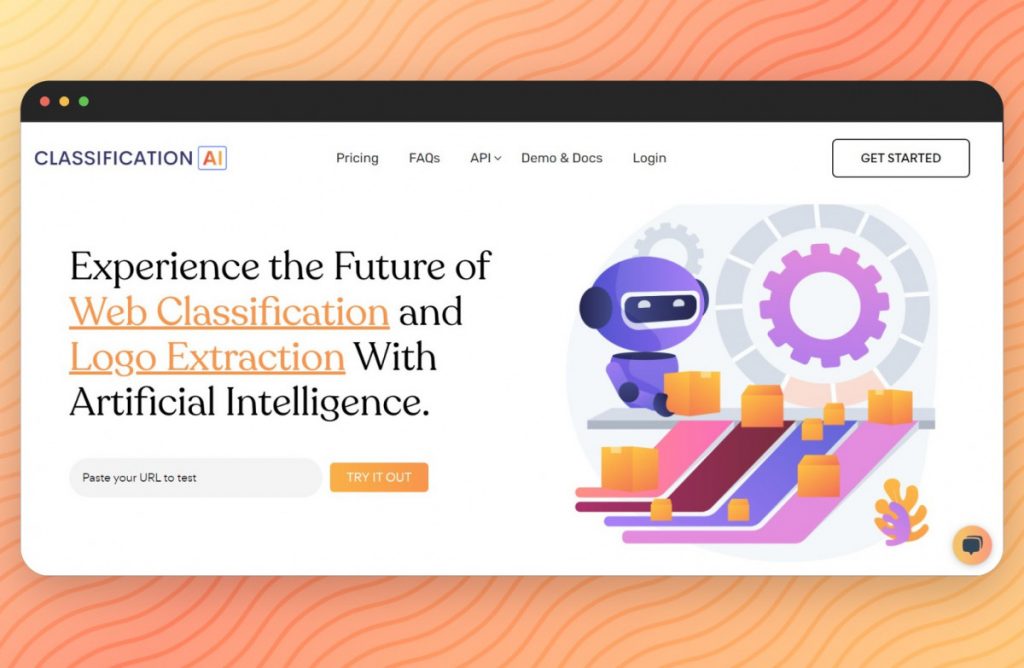In today’s digital era, data has become one of the most valuable assets for businesses across various industries. Companies collect vast amounts of data from different sources, ranging from customer information to transaction records. However, with such a massive volume of data, it becomes crucial to organize and categorize it effectively. This is where the Data Classification API comes into play.
What is a Data Classification API?

A Data Classification API is a powerful tool that helps businesses categorize and label their data automatically. It utilizes advanced machine learning algorithms to analyze the content and structure of the data and assign appropriate labels or tags. This process enables businesses to enhance data management, improve data security, and streamline various operations.
How Does the Data Classification API Work?
The Data Classification API follows a systematic process to classify data accurately. Here’s a step-by-step breakdown of how it works:
- Data Input: The API takes input data in various formats, such as text documents, images, or audio files. It supports a wide range of data types to cater to different business needs.
- Preprocessing: Before classification, the API performs preprocessing tasks such as data cleaning and formatting. This step ensures that the data is in the right structure for accurate classification.
- Feature Extraction: The API extracts relevant features from the input data, which are then used as input for the classification model. Feature extraction involves identifying key patterns, keywords, or attributes that can assist in accurate classification.
- Classification Model: The API utilizes a trained classification model to classify the input data. The model is trained on a large dataset with labeled examples to learn patterns and make accurate predictions. It leverages machine learning techniques like deep learning, natural language processing, or computer vision, depending on the type of data being classified.
- Label Assignment: Once the classification model analyzes the input data, it assigns appropriate labels or tags to each data instance. These labels can be predefined categories or custom tags specific to the business requirements.
- Output Generation: The API generates the output in a structured format, providing the classified data along with the assigned labels or tags. This output can be further utilized for various purposes, such as filtering, searching, or organizing data.
How to Use the Data Classification API
Using a Data Classification API is relatively straightforward, even for users without extensive technical knowledge. Here’s a step-by-step guide on how to utilize the API effectively:
Step 1: Integration
The first step is to integrate the Data Classification API into your existing system or application. Most API providers offer comprehensive documentation and client libraries in various programming languages, making the integration process seamless.
Step 2: Data Preparation
Before sending the data for classification, ensure that it is properly prepared. This includes cleaning the data, removing any irrelevant or sensitive information, and formatting it according to the API’s requirements.
Step 3: API Request
Once the data is ready, construct an API request with the appropriate endpoint and parameters. The API request typically includes the data to be classified and any additional settings or options required for classification.
Step 4: API Call
Make an API call by sending the constructed request to the API endpoint. This can be done using HTTP requests or the provided client libraries. The API will process the request and return the classification results.
Step 5: Result Analysis
Analyze the classification results returned by the API. The results may include the assigned labels or tags along with the confidence scores or probabilities. These scores indicate the API’s level of confidence in the assigned labels.
Step 6: Post-processing
Based on the classification results, you can perform post-processing tasks to further refine the data. This may involve filtering or sorting the data based on specific labels, merging similar labels, or applying additional business logic.
Step 7: Integration with Business Processes
Integrate the classified data into your business processes or applications. This can include updating databases, generating reports, triggering specific actions based on the classification results, or any other relevant use case.
To make use of it, you must first:

- Go to Data Classification API and simply click on the button “GET STARTED” to start using the API.
- After signing up in Classification.ai, you’ll be given your personal API key. Using this one-of-a-kind combination of numbers and letters, you’ll be able to use, connect, and manage APIs!
- Employ the different API endpoints depending on what you are looking for.
- Once you meet your needed endpoint, make the API call by pressing the button “Run” and see the results on your screen.
Conclusion
The Data Classifications API offers businesses a powerful solution to effectively organize and categorize their data. By leveraging advanced machine learning techniques, businesses can automate the classification process, saving time and resources. Whether it’s categorizing customer feedback, organizing documents, or filtering images, the Data Classifications API provides a reliable and efficient way to handle diverse data types. Embracing this technology can unlock new possibilities for data management, security, and operational efficiency.
In summary, the Data Classifications API is a valuable tool for businesses looking to streamline their data management processes. By automating the classification process, businesses can save time, improve data organization, and enhance overall efficiency. Whether you are a small startup or a large enterprise, integrating a Data Classifications API can bring significant benefits to your data-driven operations.
So, if you are looking to optimize your data management and make sense of your vast data repositories, consider leveraging the power of the Data Classifications API. It’s a game-changer that can revolutionize the way you handle and utilize your valuable data.
Read More: Vehicle database api driving automotive innovation

